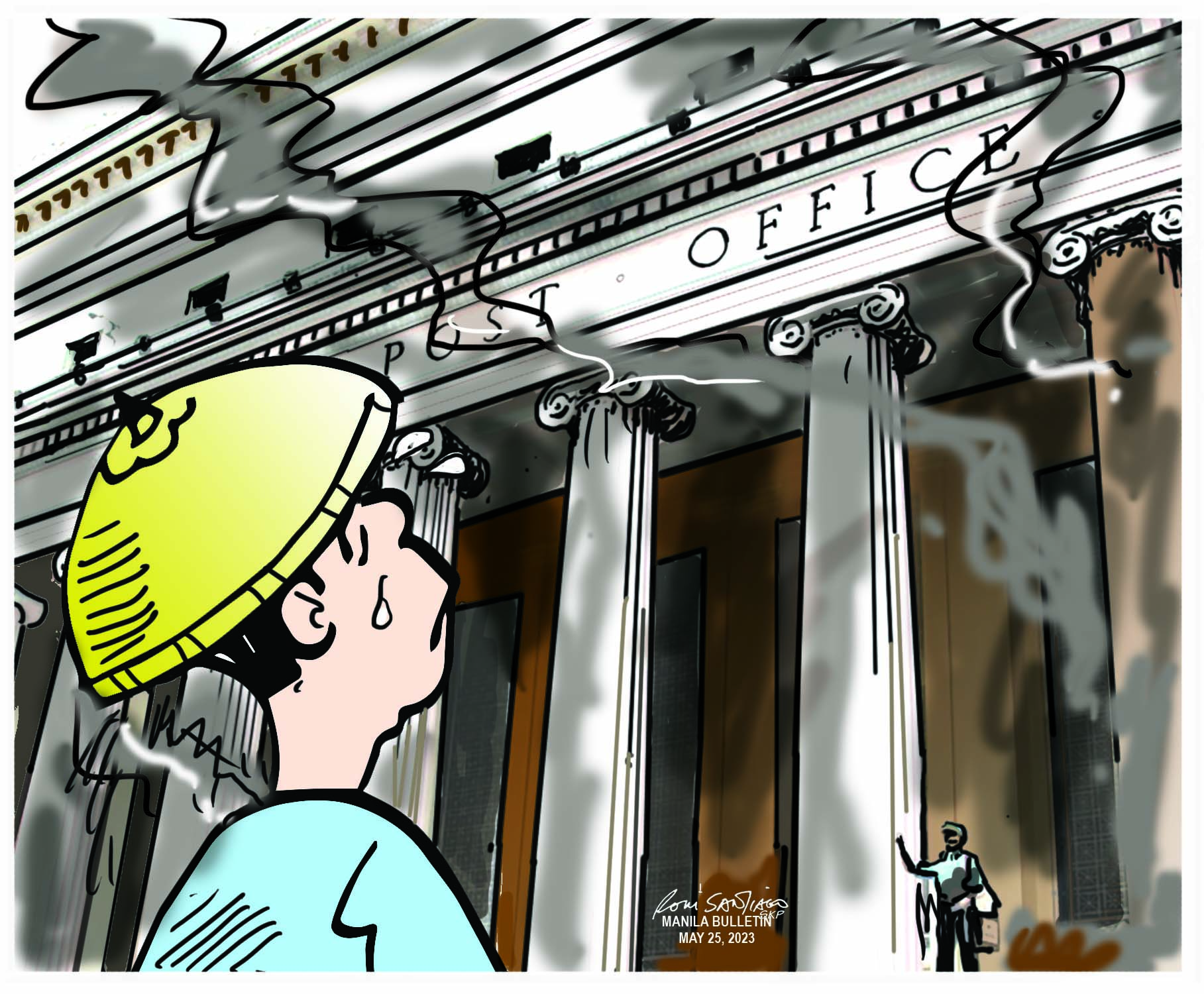
The intense seven-hour fire that gutted the Manila Central Post Office Building from Sunday evening to Monday dawn must serve as a stark reminder to our authorities that our heritage buildings face numerous risks. The fire didn’t only result in the destruction of an estimated ₱300 million worth of equipment, furniture, and furnishings (including National IDs that were meant to be delivered), but it also destroyed priceless artifacts in the form of historical documents, rare stamps, and memorabilia. These are part of our nation’s history, and losing them forever in a fire is akin to losing a piece in a puzzle — a dent in our tapestry of tales.
Buildings such as the Central Post Office are rich in history. They have withstood the test of time, surviving natural calamities, world wars, and political upheavals. The skyline of the City of Manila would be incomplete without this neoclassical building radiating its grandeur on the banks of the Pasig River. It bears witness to Manila’s rise and fall, and reemergence today as a significant hub for culture and history.
Architectural experts have said that preserving built heritage is not merely about saving stones, bricks, and columns; it is about safeguarding our collective memory and cultural identity. These built heritage structures serve as our tangible link to the past. Without them, we would have no identity. Without an identity, we diminish our nationhood.
Heritage structures, whether grand like the Post Office Building, homey like a turn-of-the-century bahay na bato, or elegant like those along Calle Crisologo in Vigan, face an unceasing nemesis: time. Time carries with it the power of wear and tear; it can also make people “forget” and grow indifferent to events that have unfolded ages ago. If we forget, we lose appreciation of the creativity, ingenuity, and craftsmanship of Filipino pioneers in design and architecture — in the Post Office Building’s case, architects Tomas Mapua and Juan Arellano.
This is precisely why heritage structures across the country must be protected at all costs. By protecting them, we ensure that future generations have “roots” and a link to their past — a connection that fosters a sense of belonging.
What has happened to the Post Office Building could also easily happen to other built heritage structures in the country. Typhoons, floods, landslides have destroyed some of them, not to mention man-made mischief such as vandalism and theft. There’s also the risk of demolition due to urbanization or lack of resources.
While we agree with a legislative inquiry on the unfortunate event that transpired at the Post Office Building, it is high time for our leaders and legislators to look into the general plight faced by all built heritage structures. Without proactive measures, we risk losing not only the walls, the roof, or the flooring but the stories behind each architectural treasure.
Preservation efforts must be prioritized, with attention given to the maintenance of electrical wirings. If necessary, funds should be appropriated by Congress, and collaboration between government and the private sector should be expedited.
A grand structure such as the Post Office Building will still stand; in fact, we await what will be its next iteration — hopefully enhanced with the best principles of adaptive reuse. However, other vulnerable structures may not be as fortunate as they could totally crumble and be wiped out by a similar fire. Let us not wait for another grim news to jolt us into action.
*****
Credit belongs to : www.mb.com.ph
 Atin Ito First Filipino Community Newspaper in Ontario
Atin Ito First Filipino Community Newspaper in Ontario






